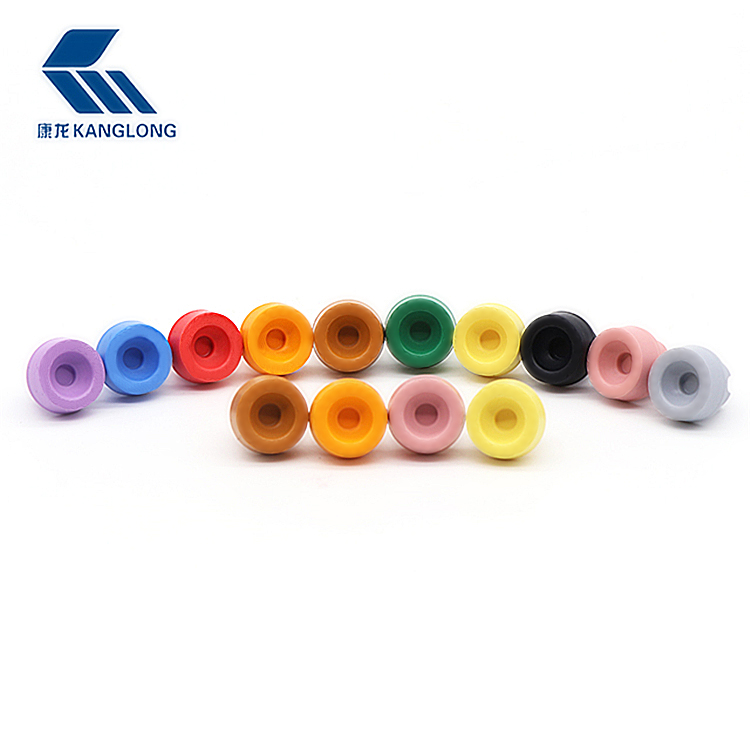Medical rubber stoppers are essential components in the pharmaceutical and healthcare industries. They are used to seal vials, bottles, syringes, and other medical containers, preventing contamination, maintaining sterility, and ensuring the safety and integrity of the contents. The production of medical rubber stoppers is a detailed process that requires high precision, quality materials, and strict adherence to standards and regulations.

The production of medical rubber stoppers begins with choosing the right materials. Rubber stoppers must meet stringent safety and performance criteria to be suitable for medical use. The materials selected for manufacturing rubber stoppers are typically high-quality elastomers, which are both flexible and durable, ensuring that the stoppers can form a tight, leak-proof seal.
Rubber Types: The commonly used materials for medical rubber stoppers are natural rubber, synthetic rubber, and butyl rubber. Butyl rubber is particularly favored for medical stoppers due to its air impermeability and resistance to moisture, making it ideal for preserving the contents of pharmaceutical containers.
Additives and Compounds: In addition to the base rubber material, various additives are incorporated into the mix to improve the stopper's performance. These include vulcanizing agents (which aid in curing the rubber), plasticizers (which improve flexibility), and stabilizers (which protect the rubber from degradation due to UV exposure or oxidation).
Compliance with Regulations: For medical use, rubber materials must comply with regulatory standards such as USP Class VI (United States Pharmacopeia), EP (European Pharmacopoeia), and other medical grade certifications. These standards ensure that the rubber is non-toxic, non-reactive, and suitable for contact with pharmaceutical substances.
Once the materials have been selected, the rubber is compounded. This is the process of mixing the base rubber material with other chemicals and additives to form a uniform compound that will exhibit the desired properties for the stoppers.
Mixing: The rubber compound is mixed in large machines known as banbury mixers. These machines apply heat and pressure to blend the rubber with the additives. The compound is mixed until it reaches a smooth, uniform consistency.
Testing: During compounding, the rubber's properties, such as its elasticity, tensile strength, and viscosity, are carefully monitored to ensure that the final product will meet the required specifications for medical use. Samples may undergo tests for things like tear resistance and flexibility.
After the rubber compound is prepared, it is ready to be molded into the shape of the stoppers. The molding process is crucial to achieving precise dimensions and ensuring that the stoppers fit securely into medical containers.
Compression Molding: In this stage, the rubber compound is placed into a mold cavity designed to shape the stoppers. The mold is then heated and compressed, causing the rubber to flow into the mold and take on its shape. The temperature and pressure are carefully controlled to ensure that the rubber cures properly and that the stopper maintains its structural integrity.
Injection Molding: Some rubber stoppers are produced using injection molding, where the rubber is injected into a mold under high pressure. This method is used to create high-precision stoppers that require fine details, such as those with a tapered or tapered lip, which helps with sealing.
Curing and Vulcanization: Once the rubber is shaped in the mold, it undergoes a curing process, also known as vulcanization. During vulcanization, the rubber is heated to a specific temperature, which causes the rubber molecules to cross-link and form a strong, elastic network. This gives the stopper its final shape, hardness, and elasticity.


 English
English Español
Español


.jpg?imageView2/2/w/500/h/500/format/jpg/q/100)






